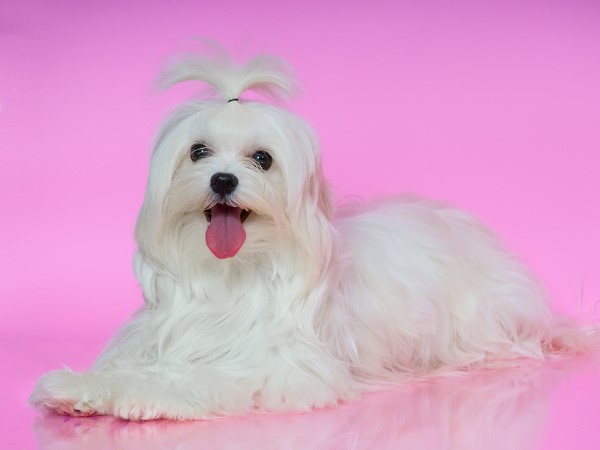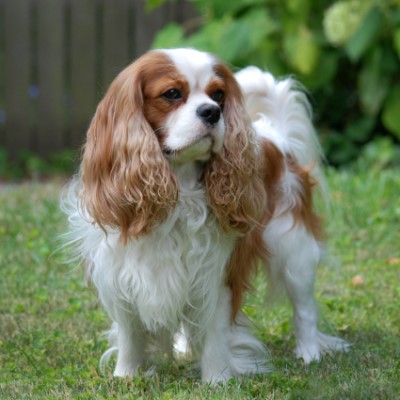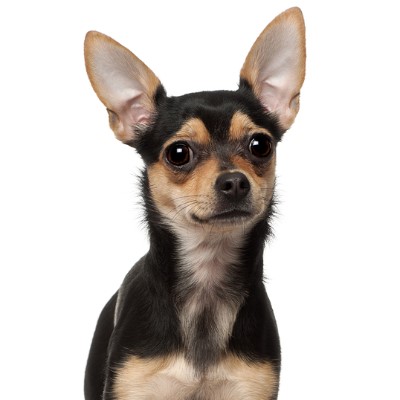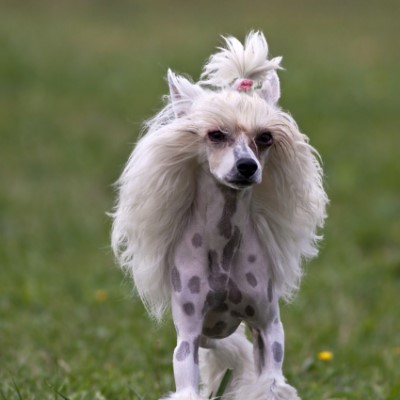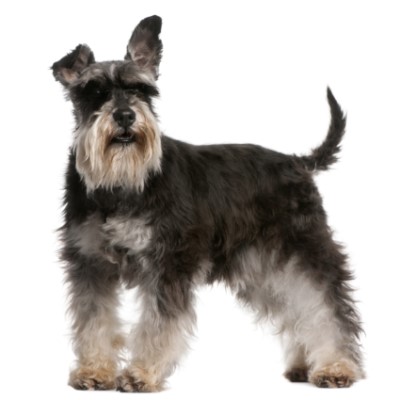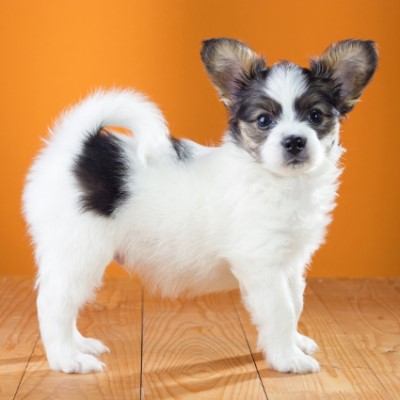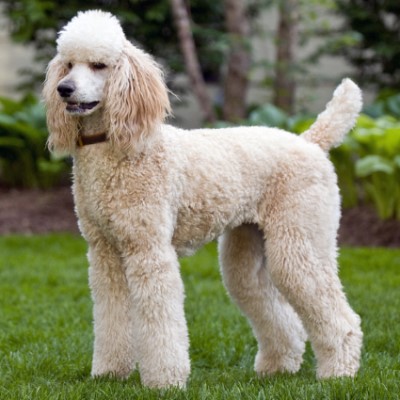Common Reasons for Surrender
Maltese are sometimes surrendered because they can be aggressive with children under age seven. Other times Maltese are surrendered because the family loses their home or a job, or the family moves and cannot take their Maltese.
Pros
Loving and devoted, Maltese are ideal companion dogs who just want to be with their humans. Their small size makes them perfect travel companions. Young Maltese love playing with toys and fetching a ball while older adult Maltese prefer to take naps throughout the day. Maltese are often calm when they live in a home with adults and/or older children who know how to respectfully treat animals.
Cons
If you have small children, you will probably want to wait until they are at least seven years old to bring a Maltese in your home. Maltese generally do not do well with rambunctious children and will display aggressive behavior. The Maltese is expressive and may annoy neighbors if you live in an apartment or a condo, as they tend to bark when they are alone.
Maltese puppies are notoriously difficult to house-train, although male Maltese are generally easier to house-train than females. The Maltese’s hair also mats easily, so you’ll have to brush your dog daily and take him to the groomer at least once monthly.
Diet
Opt for a high quality kibble for your Maltese. Avoid using the cheaper canned dog food, such as Little Caesars, as it has a higher fat content that will often result in dental problems and loose stools in your Maltese. Typically, the less ingredients in the kibble, the healthier it will be for your Maltese. Sweet Potato Small Breed Bites and Natural Balance Salmon are both good choices for your Maltese, whether he’s a puppy or an adult.
Maltese love treats, but give them in moderation, especially if your dog is overweight. Natural Balance Beef Rolls, which you can cut into small cubes, and Milk Bones small treats are both ideal choices. Avoid any treats that contain chicken jerky and any treat made in China due to recent product recalls and deaths of pets in the United States. If your Maltese has loose stool and begins vomiting, take him to your vet immediately as both are signs of food poisoning.
Exercise
The Maltese isn’t built for jogging, but needs moderate exercise such as a short daily walk and time to run around the yard. Check on your Maltese frequently when he’s playing in the yard, and never leave him unattended for longer than 10 or 15 minutes.
Possible Health Issues
While Maltese typically weigh between four and 12 pounds, some are smaller than four pounds. The smaller Maltese are susceptible to congenital problems while many Maltese deal with knee problems because their joints simply aren’t that strong. Maltese that weigh more than seven pounds tend to have fewer problems as they have stronger joints.
Gingivitis and excessive tartar can both plague older Maltese.
Housing
A Maltese can do well in an apartment or a condo, if you’re not away from home a lot. Maltese are known as barkers and may annoy your neighbors, especially those with adjoining walls to yours. A Maltese should always live indoors and should never be left alone outdoors as their skin easily sunburns.
Grooming
How much grooming your Maltese needs will depend on his coat. If your Maltese has a cotton texture coat, he will need brushing daily (sometimes several times daily) and sprayed with conditioner. If his coat is straight and coarse, he will only need brushing once a week. The majority of Maltese have a cotton texture and a somewhat curly coat.
The Maltese’s hair is like human hair, which means it needs to be trimmed and cut regularly at home or by a groomer. His white hair will only stay white by shampooing then conditioning him frequently, and make sure you clean his feet as necessary. Talk to a groomer about the best type of shampoo to use on your Maltese to ensure the pristine white color.
If you are unable to shampoo and condition your Maltese, be sure you can afford a groomer to care for his coat for you. Your Maltese must have frequent grooming to avoid matting.
Training
Because Maltese want to please their humans, many can quickly learn basic commands, such as sit and stay. Remain positive, shower praise, and give a treat for a job well done. Again, Maltese generally have difficulty with house-training, so be prepared for a longer process especially with the females. Keep in mind that success with house-training isn’t 100 percent, and house-trained dogs may still have accidents.
Entertainment
Young Maltese are typically playful and love going for walks with their family. Your Maltese may love playing fetch or he might not; it really depends on his personality. The aging Maltese will likely develop arthritis. Then it’s time to put away the leash and put your Maltese in a dog stroller. Many older Maltese love going for rides in their stroller as it allows them to continue to feel the fresh air and socialize with other dogs and people.
We want to thank The American Maltese Rescue Association for help with this profile.
